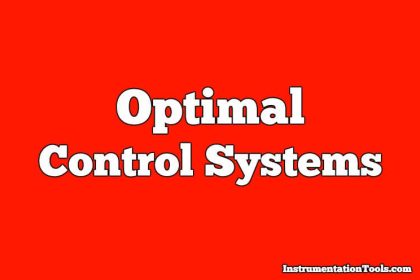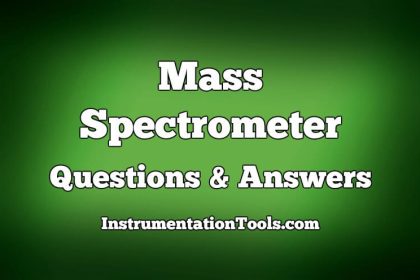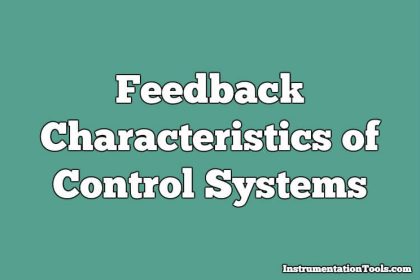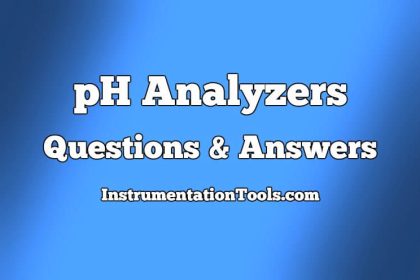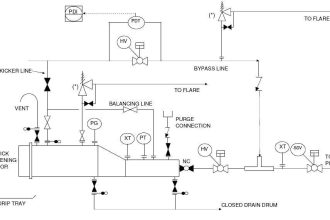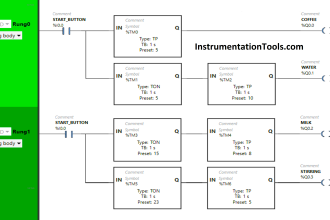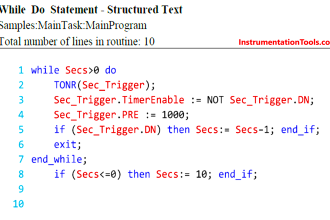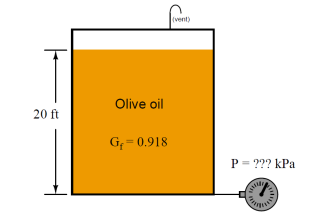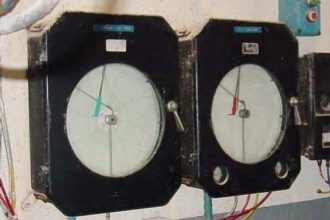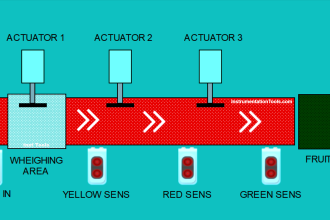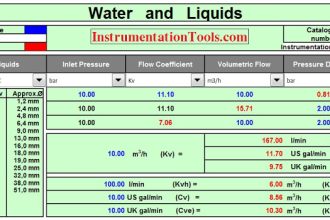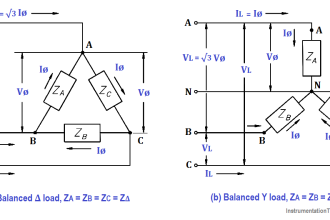The Z-Transfer Function
1. Consider the following statements regarding a linear discrete-time system:
H (z) = z2+1/(z+0.5)(z-0.5)
1. The system is stable
2. The initial value of h(0) of the impulse response is -4
3. The steady-state output is zero for a sinusoidal discrete time input of frequency equal to one-fourth the sampling frequency
Which of these statements are correct?
a) 1,2 and 3
b) 1 and 2
c) 1 and 3
d) 2 and 3
Answer: c
Explanation: Characteristic equation is (z+0.5) (z-0.5) =0
Its root are z =0.5, -0.5
Since both roots are inside the unit circle, hence the system is stable.
2. The minimum number of delay elements required realizing a digital filter with transfer function H (z) =
a) 2
b) 3
c) 4
d) 5
Answer: b
Explanation: H (z) =
Minimum number of delay elements= (Maximum power of z-minimum power of z)
Minimum number of delay elements = 3.
3. A system can be represented in the form of state equations as:
S (n+1) =A S (n) +B x (n)
Y (n) = C S (n) +D x (n)
Where, A, B, C, D are the matrices , S(n) is the state vector , x(n) is the input and y(n) is the output . The transfer function of the system.
H (z) =Y (z)/X (z) is given by:
a) A(ZI – B)-1 C + D
b) B(ZI – C)-1 D + A
c) C(ZI – A)-1 B + D
d) D(ZI – A)-1 C + B
Answer: c
Explanation: Solving both the equations and substituting the value of the output equation into the state equation we get the value of the transfer function as obtained.
4. Assertion (A): The signals anu(n) and anu(-n-1) have the same Z transform, z/(z-a)
Reason (R): the region of convergence of anu(n) is |z|>|a|, whereas the ROC for anu(-n-1) is |z|<|a|.
a) Both A and R are true and R is correct explanation of A
b) Both A and R are true but R is not correct explanation of A
c) A is true but R is false
d) A is false but R is true
Answer: d
Explanation: Both have the ROC as given in the reason is true but the z transform for the second is with a minus sign.
5. What is the number of roots of the polynomial F(z) = 4z3-8z2-z+2, lying outside the unit circle?
a) 0
b) 1
c) 2
d) 3
Answer: b
Explanation: Factorizing F (z) and then the factors are the roots which here come out to be 3.
6. Assertion (A): The discrete time system described by y[n] =2x[n] +4x[n-1] is unstable
Reason (R): It has an impulse response with a finite number of non-zero samples
a) Both A and R are true and R is correct explanation of A
b) Both A and R are true but R is not correct explanation of A
c) A is true but R is false
d) A is false but R is true
Answer: d
Explanation: For the system to be stable the value of the transfer function in the discrete time domain must be summable and H[n] calculated is summable hence the system is stable.
7. What is the z-transform of the signal x[n] = anu(n)?
a) X(z) =1/z-1
b) X(z) = 1/1-z
c) X(z) = z/z-a
d) X(z) = 1/z-a
Answer: c
Explanation: By definition this is the basic example of the z-transform and the Z-Transform of the equation is calculated is z/z-a.
8. Which one of the following rules determine the mapping of s-plane to z-plane?
a) Right side of the s-plane maps into outside of the unit circle in z-plane
b) Left half of s-plane maps into inside of the unit circle
c) Imaginary axis in s-plane maps into the circumference of the unit circle
d) All of the mentioned
Answer: d
Explanation: S- plane can be mapped into the z plane with certain rules than right side maps into the outside, left side maps into the inside and imaginary axis maps on the unit circle of the z plane.
9. Assertion (A): The z-transform of the output of the sampler is given by the series.
Reason (R): The relationship is the result of the application of z = e-sT, where T stands for the time gap between the samples.
a) Both A and R are true and R is correct explanation of A
b) Both A and R are true but R is not correct explanation of A
c) A is true but R is false
d) A is false but R is true
Answer: c
Explanation: T is termed as the time of the sampling instant and z transform is always defined for the instant of the sampling event and this can be as desired by the user.
10. Convolution of two sequences X1[n] and X2[n] are represented by:
a) X1(z)*X2(z)
b) X1(z)X2(z)
c) X1(z)+X2(z)
d) X1(z)/X2(z)
Answer: a
Explanation: Convolution of the two sequences is the combination of multiplication and addition of the two sequences at each instant and convolution in time domain is multiplication in the frequency domain.
